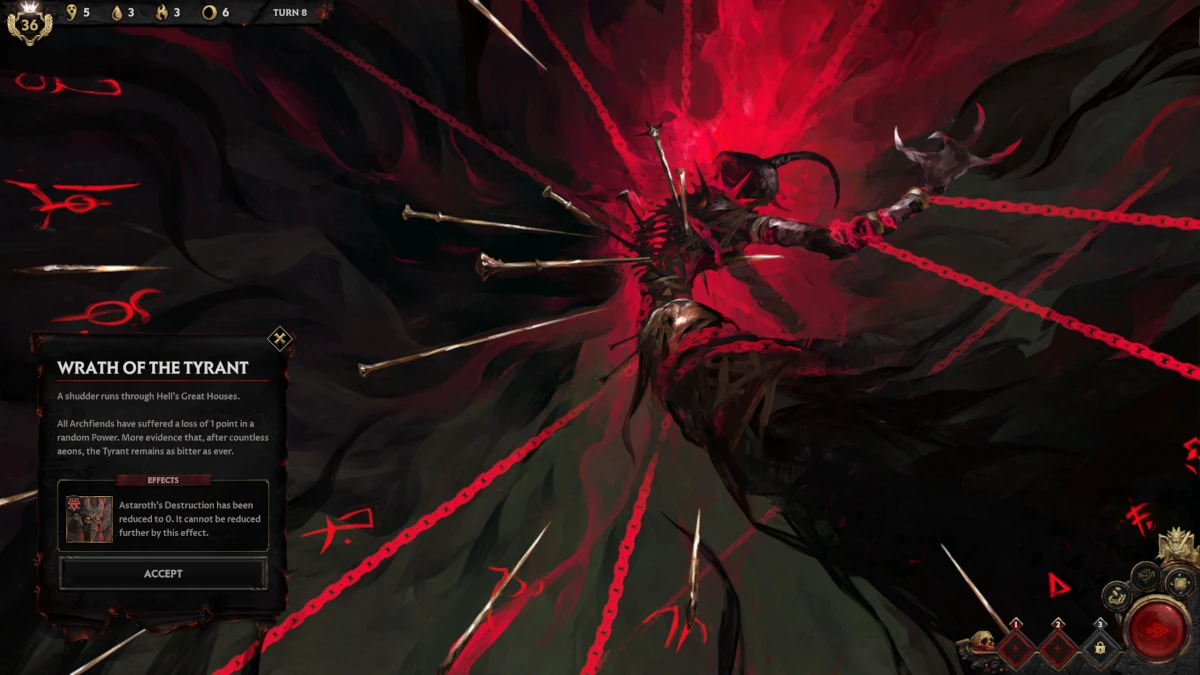
Content design
Brought on for the last 18 months of development, I was able to help finalise the design of much of the game's release content,
and to prepare additional content for post-release support.
I took charge of tuning essentially every numeric value in the game, including the attributes and costs of legions, titans,
power upgrades, relics, places of power, artefacts, manuscripts, praetors, rituals, events and schemes.
I created and maintained a set of Google Sheets to keep track the game's data for QA,
to identify gaps that future content might slot into,
and to run automated sanity checks. I used Excel for the heavy lifting:
to tune the economy,
to simulate battles between pairs of legions and praetors,
to trawl the text of Milton's Paradise Lost for good game-session identifiers,
and for myriad other tasks.


